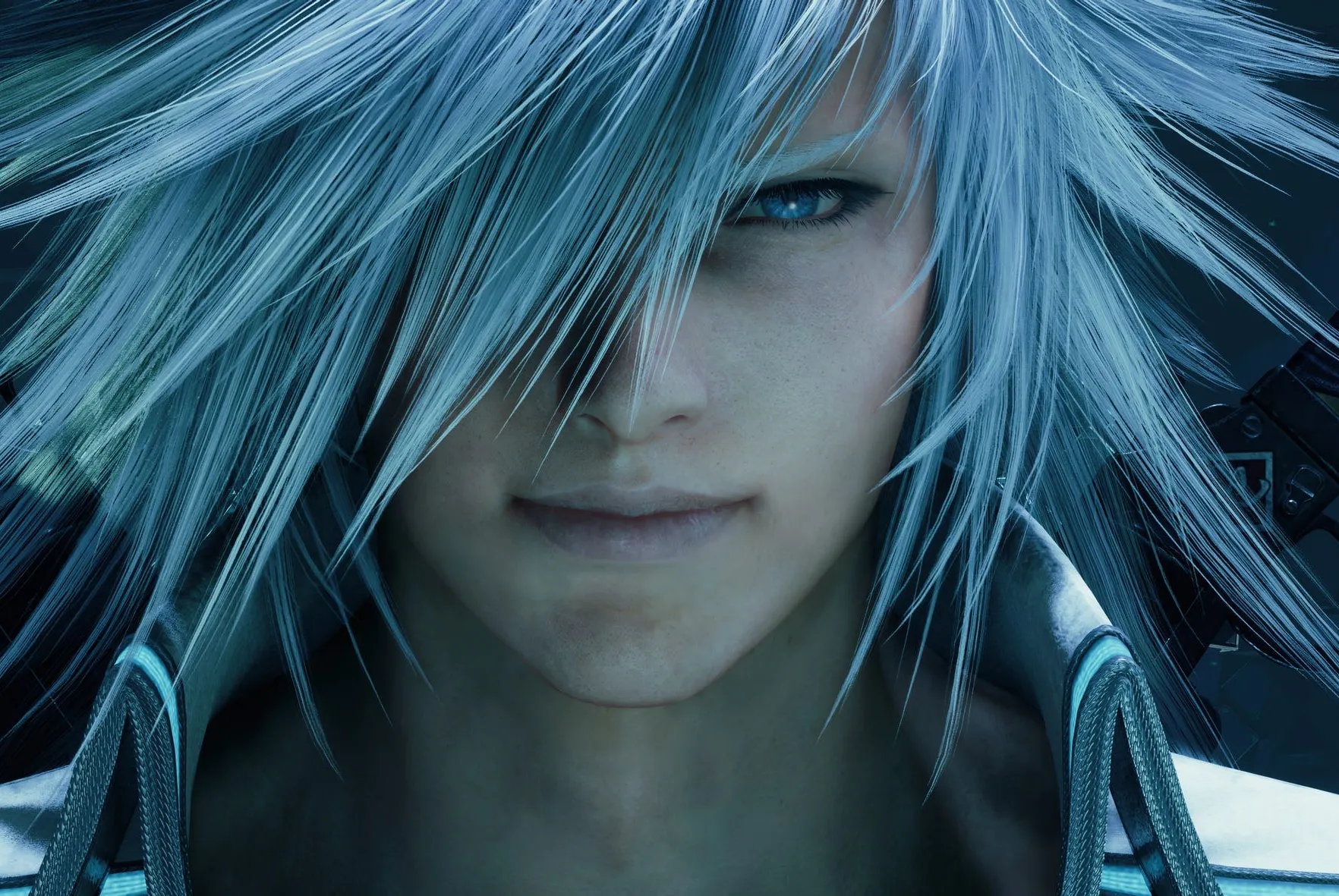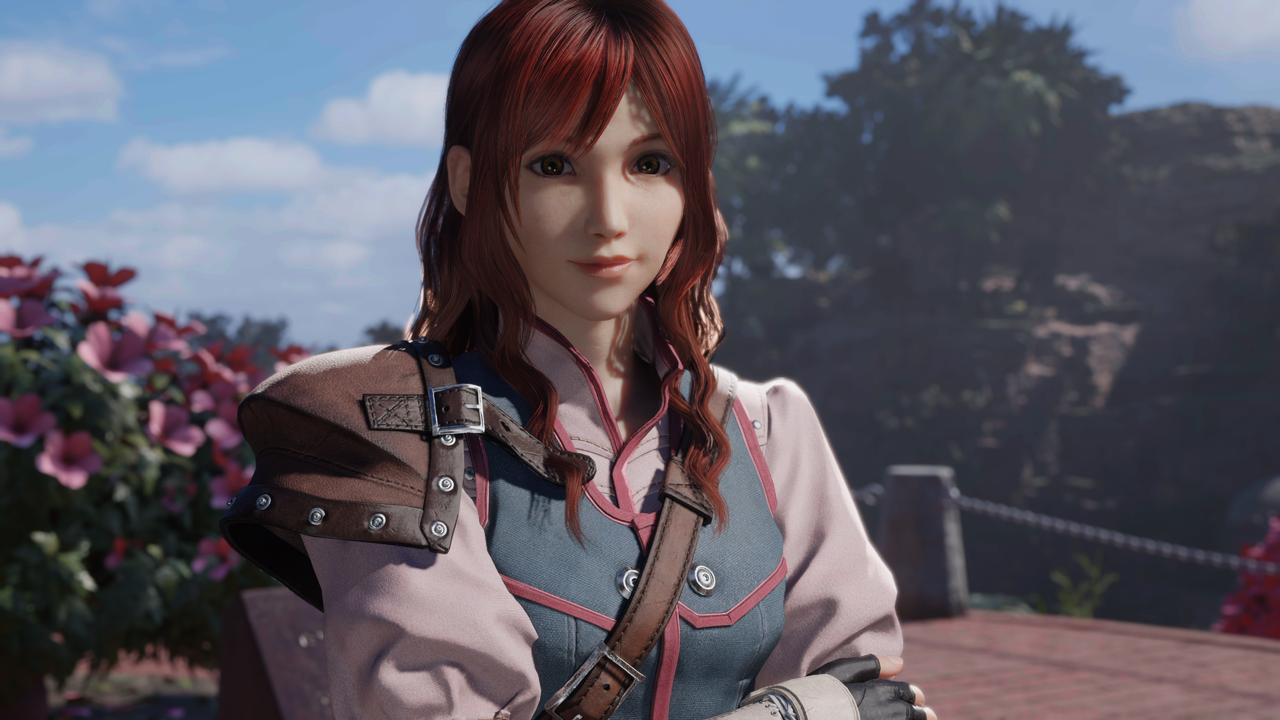Nomura explains the goals of Rebirth while getting meta with the idea of "Distortion of Perception."

The Goals of Final Fantasy VII Rebirth
“What sort of goals did you hope to achieve with the latest title?” This was the question that the YJ interviewer asked Nomura regarding the release of Final Fantasy VII Rebirth. Nomura answered with this statement.
” This is more to do with the overall goal of the Remake trilogy, and not just Rebirth, but one desire has been to correct and unify distortions in people’s perceptions. The usual formula with a remake is to keep gameplay systems and story as is while enhancing graphics. However, more than 20 years have passed since the original game came out, and merely improving the visuals wouldn’t create something that meets modern standards.” – Tetsuya Nomura.
From what I gather from Nomura’s answer, this emphasizes why they chose this direction of making the Retrilogy. While the original story of FFVII is one of the best in the series, there were some inconsistencies in some areas. Nomura and the developers have used the Remake trilogy to address and expand these inconsistent areas.
Furthermore, they have even changed certain scenes and narratives in the story.
Gameplay-wise, they could not go strictly with the old ATB system. This is why they chose to have a hybrid system of the ATB and action combat. They also kept and revamped the Materia system. As a result, FFVIIR’s battle system is the best in the series.

“I also think players’ memories of the game have been heavily skewed by nostalgia. I don’t think there are many people who’ve been constantly replaying FFVII for the past two decades, so each player’s memories have slowly and steadily diverged over time.” – Tetsuya Nomura.
This is certainly true. Many players like me have played FFVII since its original release in 1997. And I was a kid then. So, my memories of FFVII are heavily influenced by nostalgia. Meanwhile, they are expanding the story of FFVII regarding the original inconsistencies. When making necessary changes to the story as they see fit.
The developers are still respecting the original story and remain faithful to it. As a result, the Retrilogy’s story satisfies our nostalgia while we experience that nostalgia in a fresh, new way. This approach allows new players to experience these scenes for the first time.
“Furthermore, with FFVII having multiple spinoff titles, certain scenes have become different from what they were in the original. Because of all the time that’s passed and the existence of these spinoffs, there’s been this subtle “distortion of perception” in players’ memories. When someone replays the game, they might think, “Wait, this is how the scene goes? But I remember it differently.” I’m conscious of this too, but particularly Nojima, who’s in charge of the scenario, was concerned about this “distortion of perception,” so we really want to bring everything together into one.”- Tetsuya Nomura

FFVII expanded into a compilation. The universe of FFVII was expanded into books, a sequel film with Advent Children, and several spin-offs like Before Crisis, Dirge of Cerberus, and First Soldier. The most important of these additions is Advent Children and Crisis Core. Crisis Core is the prequel to the original FFVII starring Zack Fair.
One iconic event that has been changed several times is the Nibelheim incident. The Nibelheim incident has been retold several times in the compilation. This is certainly true with Crisis Core. The player’s perception of Nibelheim depends on when they first entered the FFVII compilation. They may see the original telling of the Nibelheim incident in the first FFVII. Or they could see it first in Crisis Core.
Throughout the Retrilogy, Nomura, Nojima, and other devs have considered these elements. They have brought these elements together in Retrilogy to great success. The devs have introduced characters, plotlines, and other aspects of the FFVII’s compilation seamlessly.
The greatest of these additions is Cissnei. Cissnei debuted in Crisis Core. Also, she is a fan favorite from that game. Rebirth brought Cissnei into the Retrilogy and they fit her seamlessly in the game. And it made a lot of Cissnei’s fans happy including myself.
Another great example is Intermission as the devs brought Deepground to the Remake universe. Deepground was introduced in Dirge of Cerberus. They integrated the whole of Deepground well in Intermission, especially Weiss and Nero.
Distortion of Perception
When asked about the “distortion of perception”, the YJ interviewer asked Nomura how this distortion presents itself in Rebirth. Nomura’s answer is crazy, meta, and realistic. Of course, I expect nothing less from Nomura.
“There’s a scene near the end of the game where Sephiroth is hurtling through this white space and Cloud goes flying along with him, and you see all sorts of visions. Among these many visions must certainly be the world of FFVII in each player’s heart. And although they’re all FFVII each one is slightly different. You’ve sort of got these multiple alternate timelines existing.
"We’ve made the differences quite clear—for instance, in world A, you’ll have a certain character alive, while in world B, they aren’t—but basically, everyone has different interpretations of things, and their memories get gradually rewritten over time, plus there’s the discrepancies introduced by the spinoffs. And so in this title as well, we’ve allowed players to experience several different layers of the world, and the visions you see are meant to express that idea.” – Tetsuya Nomura.
This statement confirms that there are multiple worlds and timelines in Retrilogy. The craziest part about Nomura’s answer is that these different worlds and timelines are partially based on the perceptions of FFVII players. And the visions of these worlds represent what is in the hearts of every FFVII player. It’s pretty wild and meta to think
about.

But the absolute truth is that even if we all play the same game. Our experience with that game is going to differ. These experiences shape our perceptions of the world of FFVII. This is why our experiences are distinct from one another. With the final part of FFVIIR coming, who knows how our perception of FFVII will continue to form?
While I am not surprised by this approach by Nomura and Creative Studio 1. I am blown away by learning that they had this idea of perception in mind. It’s not only subtle but it’s brilliant. This subtle, brilliant answer changes how I view the multiverse aspect of the Retrilogy.
I admit I was apprehensive about the new multiverse concept. My apprehension started to die down a little after Rebirth since they kept the story mostly faithful. And this is mostly true with the finale of Rebirth.
Nomura’s answer confirms that they aren’t adding these new concepts for shock value. And they aren’t changing the story with these concepts at a whim. They introduce these elements for the story and the theme of distorted perception we all have.
Now, it doesn’t mean that these perceptions are right or wrong. It means that the distortions of our singular perceptions are what shape our experiences with the whole of FFVII. And with the final part of FFVIIR coming, our experiences with the final will continue to shape our perception. While our perceptions may be similar, they will differ as well.





Comments